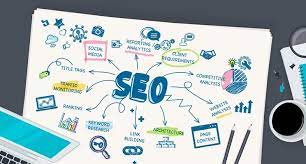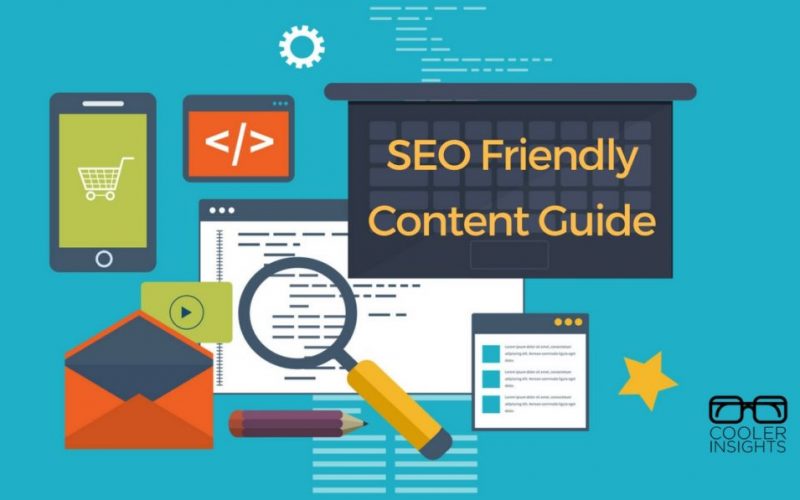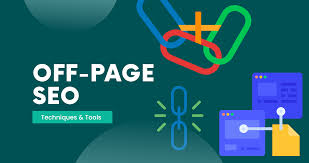16
Dec
Mobile-friendly and responsive design is a critical aspect of technical SEO. With the increasing use of mobile devices for web browsing, search engines like Google prioritize mobile-friendly websites in their search results. Here's some information about mobile-friendly design and its impact on technical SEO: Mobile-Friendly Design: A mobile-friendly design ensures that your website is optimized for mobile devices, providing a seamless user experience across different screen sizes and resolutions. It involves designing and developing your website to adapt and display properly on mobile devices, with content that is easy to read, navigation that is intuitive, and buttons that are easy…









